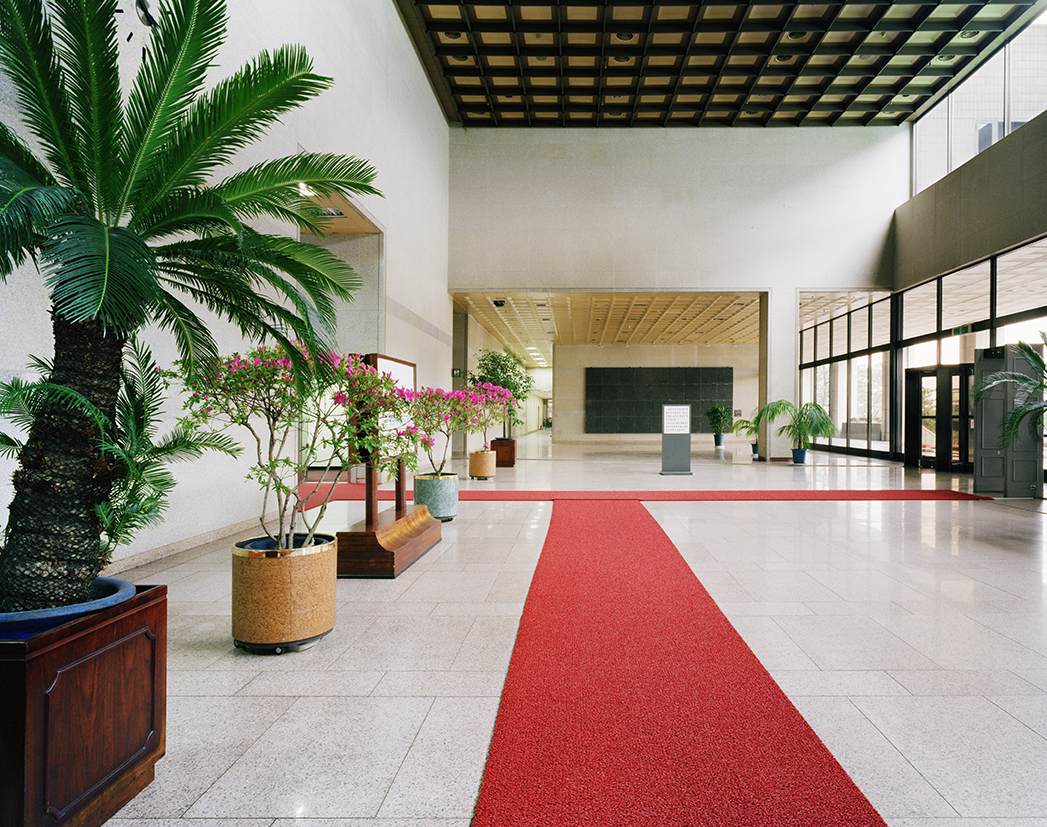Set-up
Anyone who has visited a court or a prosecutor's office can feel a little overwhelming from the lobby. The power that makes people uncomfortable might come from the architectural structure of the space. Among the interiors of public offices, the interiors of courts and prosecutors' offices have particular characteristics that cause a code of conduct.
Law is the form for the realization of desired outcomes through physical coercion. This photo project explores how the shape of these spaces affect the relationship between humans. The focus here is to show that human behavior is defined by the architectural structure of the interior. This is similar to the role of sets in a theatre or a movie. The only difference is that the law is enforced without rehearsal.The spaces such as courts and interrogation chambers clearly reveal the power relations and hierarchy between the interrogator and the interrogee. Most of these spaces retain old and conservative interiors. This represents the conservative identity of these spaces that do not change easily. These spaces, which revolve around each operating principle as a set, allow us to guess how the institutions and forms affect us today.
Anyone who has visited a court or a prosecutor's office can feel a little overwhelming from the lobby. The power that makes people uncomfortable might come from the architectural structure of the space. Among the interiors of public offices, the interiors of courts and prosecutors' offices have particular characteristics that cause a code of conduct.
Law is the form for the realization of desired outcomes through physical coercion. This photo project explores how the shape of these spaces affect the relationship between humans. The focus here is to show that human behavior is defined by the architectural structure of the interior. This is similar to the role of sets in a theatre or a movie. The only difference is that the law is enforced without rehearsal.The spaces such as courts and interrogation chambers clearly reveal the power relations and hierarchy between the interrogator and the interrogee. Most of these spaces retain old and conservative interiors. This represents the conservative identity of these spaces that do not change easily. These spaces, which revolve around each operating principle as a set, allow us to guess how the institutions and forms affect us today.

